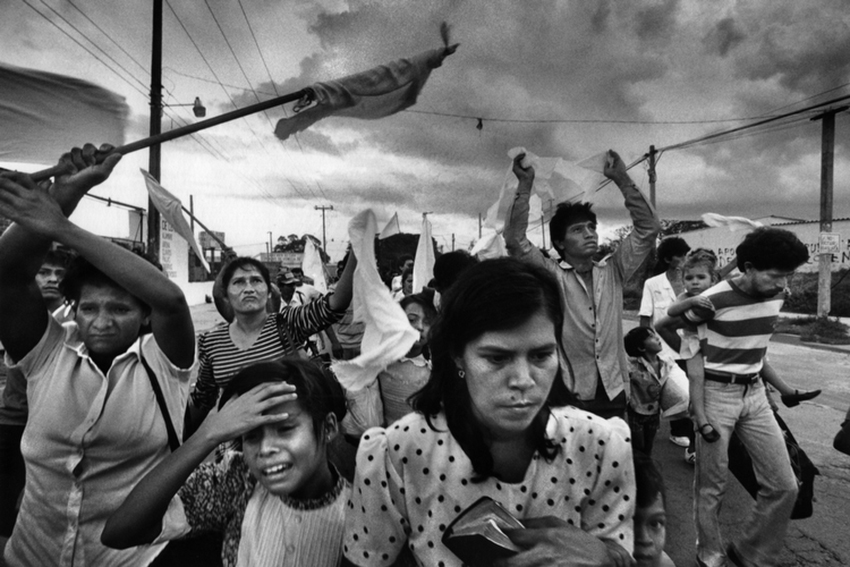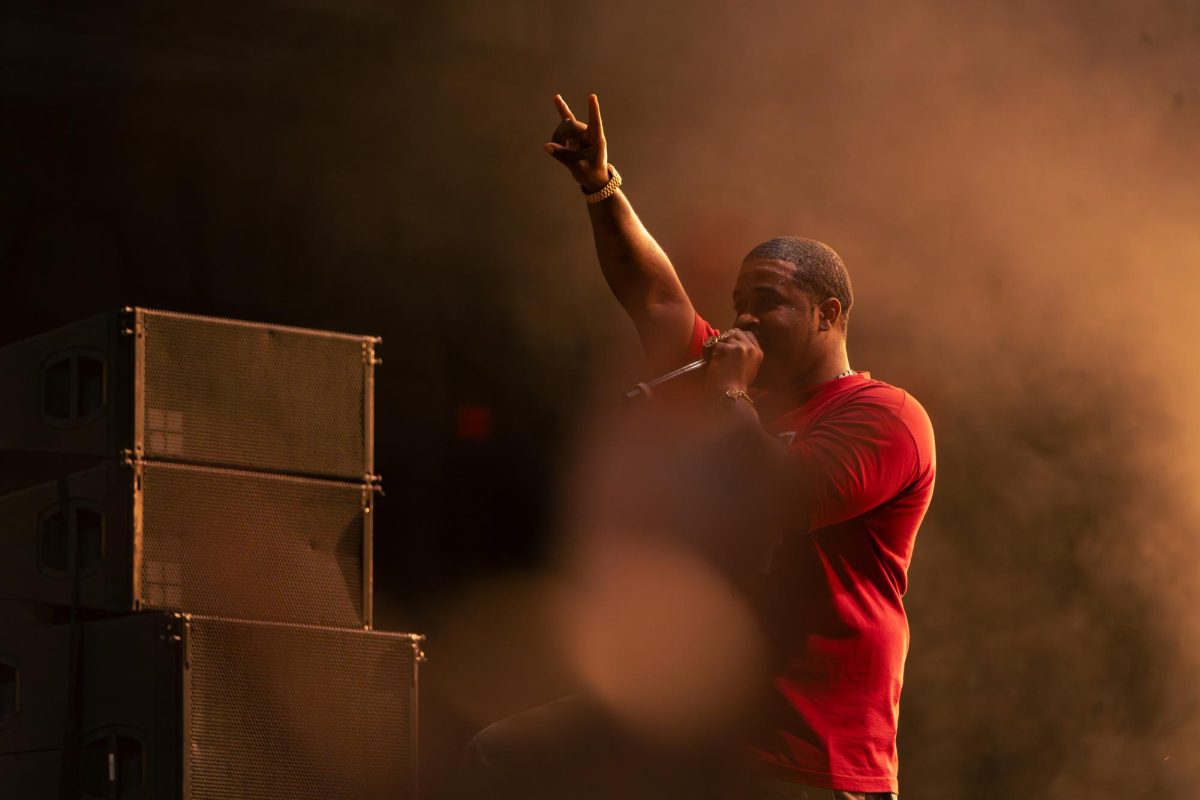At 15, Tomas had run away from his family, become a child soldier and was living in a home for former combatants in Colombia. His life would’ve been almost unbelievable to anyone who heard his story if no one had been there to document it.
“I saw [the soldiers] kill people, a lot of people,” Tomas said in an interview with journalism professor Donna De Cesare. “They told me they had to. I didn’t like it. Sometimes I felt so angry I wanted to kill someone, but then I would feel afraid. They told me not to worry I didn’t have to do any of that. I would close my eyes.”
De Cesare photographed and interviewed Tomas as part of her project “Sharing Secrets.” The series was one of De Cesare’s many efforts to document the complex lives of Latino communities wrought with gang violence and civil war. She compiled some of these photos into a bilingual book, “Unsettled/Desasosiego,” with photos captured during her thirty-plus years in Central America. Since publishing the book, De Cesare has started her next project, which focuses on environmental issues in Argentina, and was named one of Time Magazine’s women trailblazers in photography in March.
“It’s never the winning [that matters,]” De Cesare said. “What’s important is that the award puts the work in the spotlight again. It elevates that issue to a conversation that has the potential of getting people interested. For the people who are in the photographs, it’s also a way for them to get recognized.”
In 1978, De Cesare left the University of Essex to document the civil war in El Salvador. As she traveled across Central America throughout her career, the younger generations became the focus of her photographs.
By often integrating herself in their communities over months or years, De Cesare intimately captures the lives of the marginalized and misunderstood.
“As much as [gang violence] is a problem of individual choice to a certain degree, it’s also a problem of the lack of options and the social environment they’re in,” De Cesare said. “People have limited life choices, limited life possibilities.”
One of her previous photo projects, “Destiny’s Children,” followed five young people navigating gang life. For four years, De Cesare got to know Carlos, Jessica, Edgar and troubled couple Carlos and Ivonne, all 15 to 21 years old. While she couldn’t help but get attached to them, she said she always knew some of them might end up dead.
“From the beginning, I knew that it would be inevitable that some of them weren’t going to make it,” De Cesare said. “I wanted to show people that we were responsible as a society — we really do have a role to play here. This is not just something that we should allow to continue.”
After leaving Los Angeles, De Cesare lost touch with several of the gang members who made it out. A few years later, she heard that Carlos had finally cut off ties with the Eighteenth Street Gang, and she helped him get to Boston to live with his brother. But when he heard Ivonne might have been doing drugs, he went back to rescue his child. Soon afterward, he fell back into gang life, was deported and brutally murdered.
“His murder was never investigated,” De Cesare said. “He had as much right to justice as anyone else, but he wasn’t seen as an innocent victim. Even though his death was really upsetting, it can stand as a symbol to others. That’s how his family feels. They’re really glad his story is up [online.] They feel like he didn’t die for nothing. [Ivonne] contacted me afterward, and she thanked me and said ‘If what we’ve been through makes someone think twice, then I feel like it’s all worth it.”





















